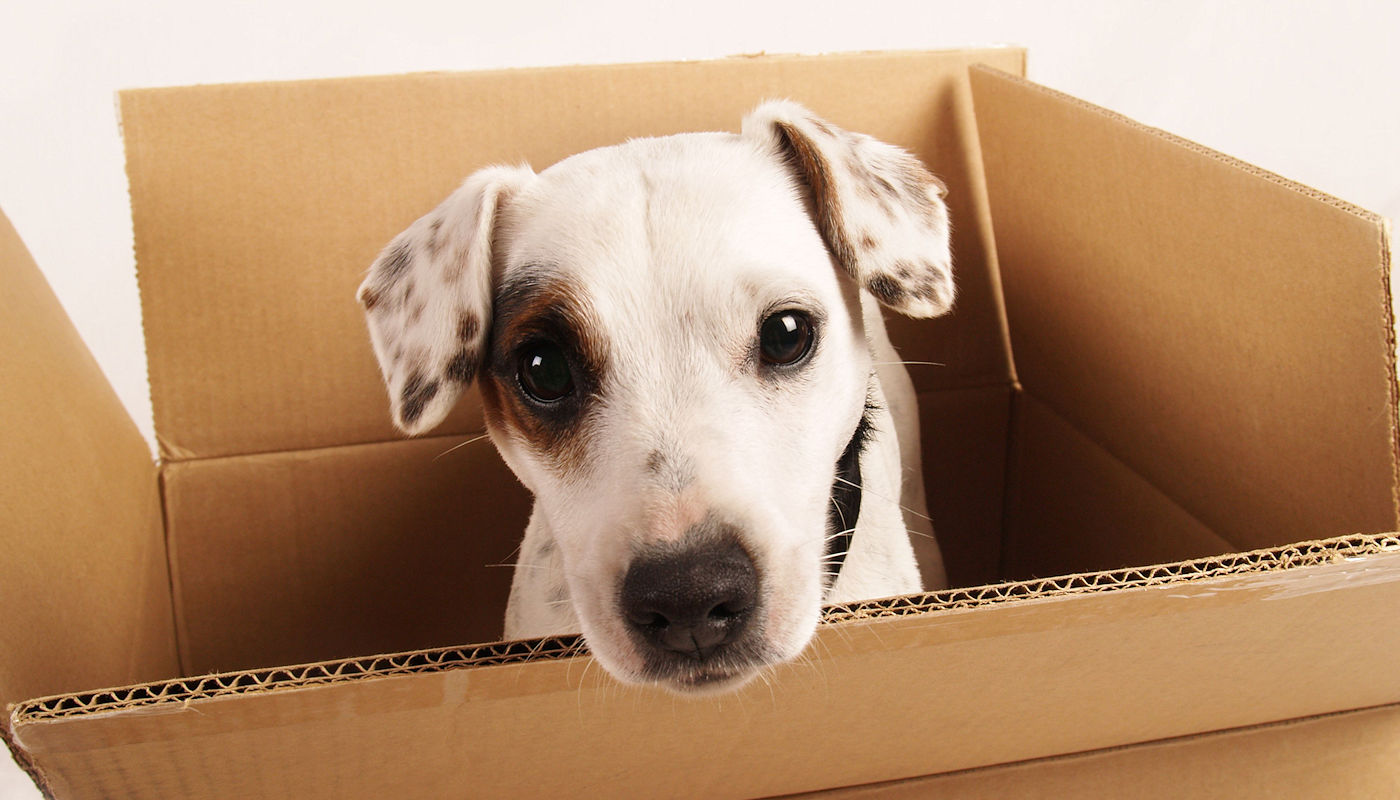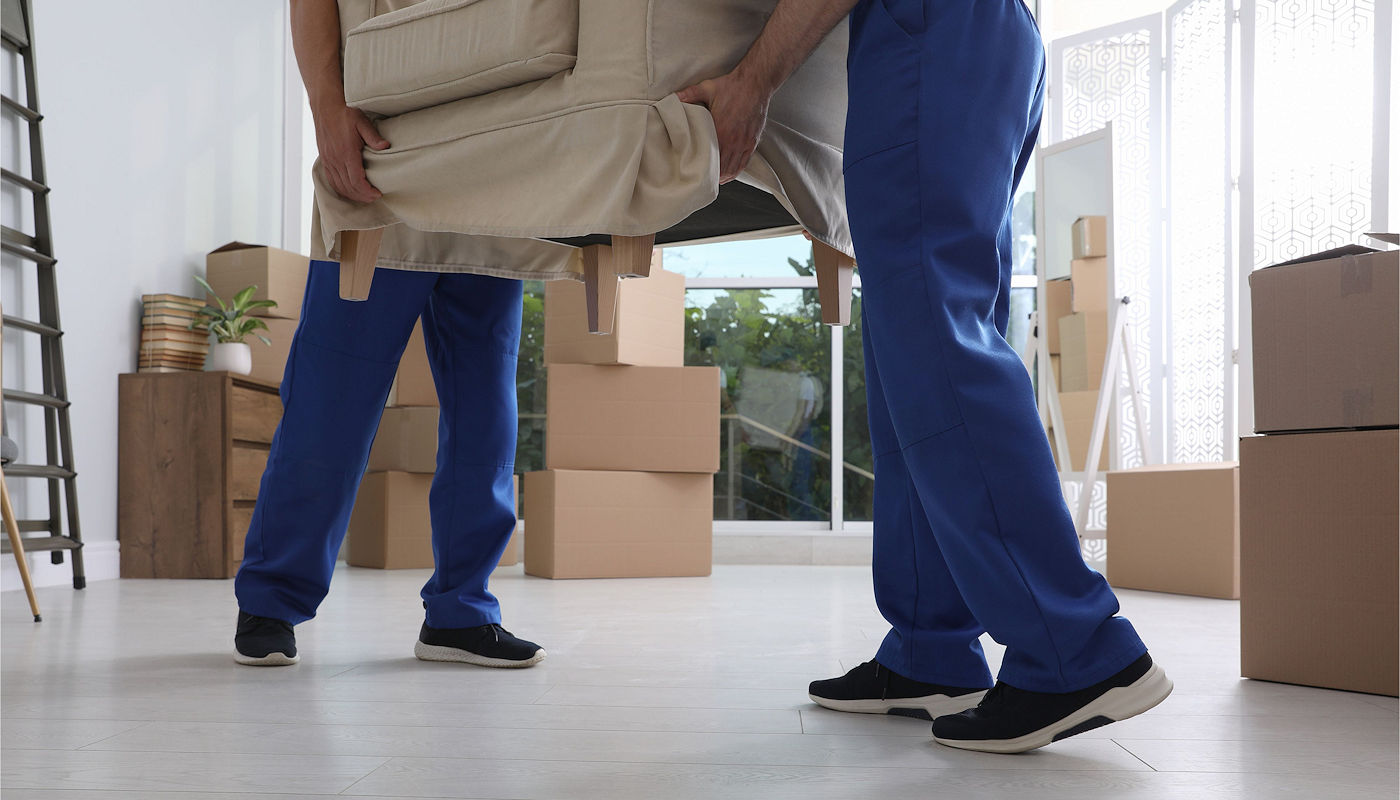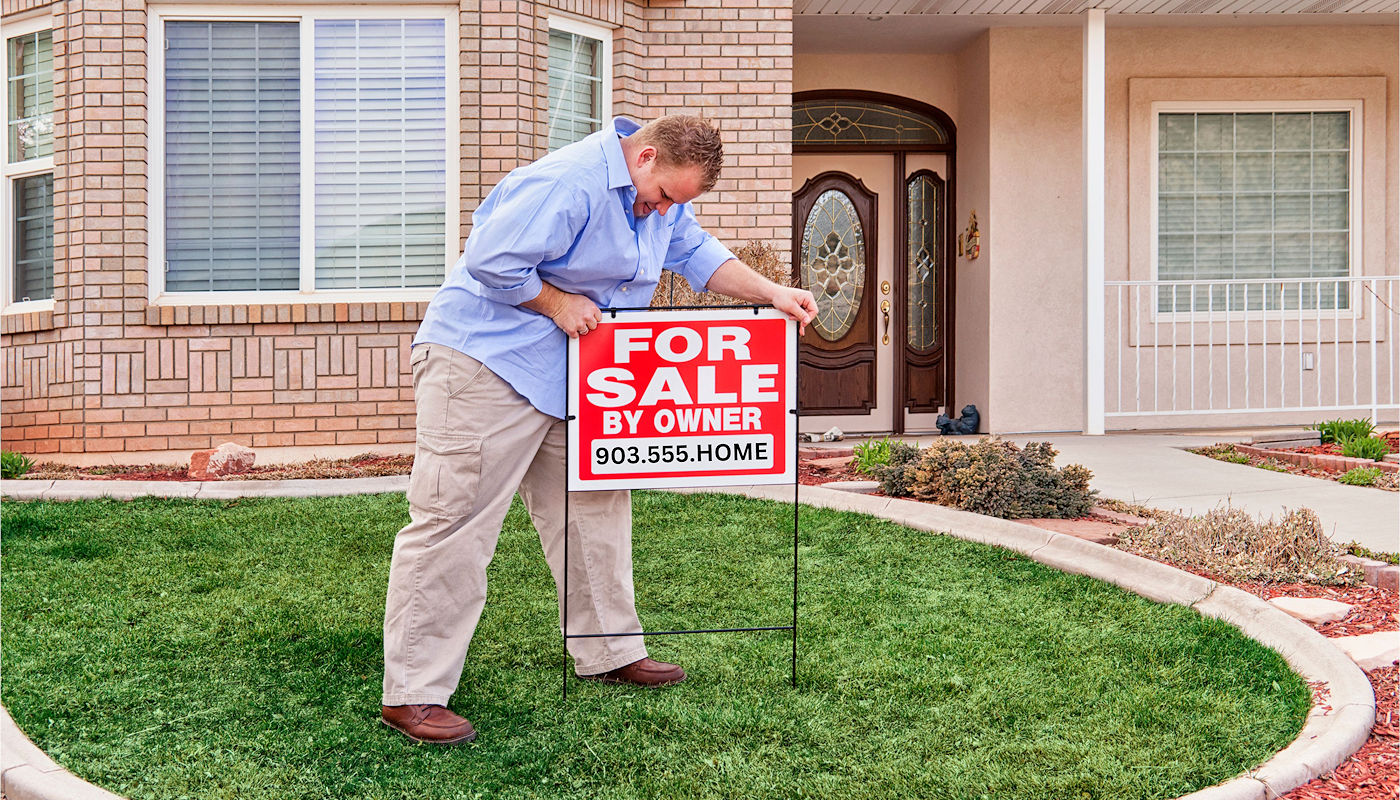Pet Moving Tips – Moving Your Cat Or Dog
Packing & Moving Tips from 903 Moving Company
Pet Moving Tips – Moving Your Cat Or Dog
Packing & Moving Tips from 903 Moving Company
Moving with pets can be stressful for you as well as your pets. When it comes to moving with pets, you must to plan ahead. Pets, like everyone, are very sensitive to changes. Moving companies will not move your pets so they will be entirely your responsibility. The following pet moving tips will make your move less stressful, and more importantly, safer:
General Pet Moving Tips:
Schedule a comprehensive check up for your pet 7 – 10 days before traveling.
If moving out of the US, let the vet know so that you pet can get the appropriate shots.
Have the vet provide you with a dated health certificate indicating that your pet is in good health and has received all required vaccinations.
Make sure your pet’s collar is comfortable and has an identification tag with the pet’s name and your name, address, and telephone numbers.
Keep your pet on its normal feeding, exercise and elimination schedule.
Consider packing: pet’s regular food, treats and bowls; and bottled water to avoid stomach upsets.
Always keep a First Aid Kit with you.
Moving Tips for Cats and Dogs by Auto:
Food & water
A leash for letting your pet out of the car
Newspaper or sheets to keep your car clean
Cat litter, litter pan, litter scoop, etc., for cats
Food & water
A leash for letting your pet out of the car
Newspaper or sheets to keep your car clean
Cat litter, litter pan, litter scoop, etc., for cats
Food & water
A leash for letting your pet out of the car
Newspaper or sheets to keep your car clean
Cat litter, litter pan, litter scoop, etc., for cats
Make sure the carrier is big enough so your pet can stand, turn and lie down
The carrier should have no internal protrusion, strong handles or grips and a leak proof bottom covered with absorbent material
The carrier should be ventilated on opposite sides
Mark the carrier with your name, destination address and telephone numbers
It is against the law. but if you must, remember to open the windows and to lock the doors. Do not leave your pet alone in the car for too long.
Information should include: pet name, age, color, breed, necessary medical information. Use the photo to make posters in case your pet gets lost.
Be sure to check if your destination has any local requirements or restrictions on animals.
Moving Tips for Cats and Dogs by Air:
Minimize the time the animal may be sitting outside the plane in inclement weather conditions.
This allows your pet will be carried on and off the plane by an airline employee. While costing a little more, it may be worth it for your pet’s health and your peace of mind.
Obviously, your pet must be cared for until you arrive. A kennel can do this for you and keep your pet until you have completed your move, if necessary.
Special Notes About Moving With Cats:
Since cats tend to become more attached to their environment rather than to people, moving with cats will be harder on them. When relocating with a cat, you must prepare in advance:
Show your cat plenty of attention and constantly reassure it with familiar items and scents so the move does not come as a shock
Cats are not as familiar with traveling in cars as dogs, so try to take your cat on short trips around the neighborhood and then slowly increase the distance.
If your cat is present during the move, confine it in its favorite room along with its favorite bed and toys.
This reduces the chance of your cat running away or getting lost in one of the boxes.
Provide your cat with a comfortable living space.
Limit the cats’ explorations to just the new house and then gradually accompany it on tours outside.
Confining the cat may seem a bit cruel, but cats are more likely to run back to the old house, no matter the distance.
It might take a month till the cat feels comfortable in the new home and becomes familiar with its scents and noises.
Special Notes About Moving With Dogs:
Unlike cats who prefer the routine, dogs may welcome a change in the environment. Since dogs become more attached to their owners than their environment, moving with a dog is much easier than moving with a cat.
While dogs are more accustomed to riding in a car and being on a leash than a cat, it is still recommended that you further condition your dog for longer car rides.
Dogs may become a bit upset on moving day when they see all of the unusual activity, you should confine the dog in its favorite room along with its favorite blanket and toys during final loading.
After the move, take your dog for a walk immediately.
Let your dog sniff around and mark its territory in order to help them become familiar with the new neighborhood. Since dogs develop strong relationships with their owners, they’re less likely to run away.
Teach your dog their limits as far as streets and traffic are concerned. If you are moving from suburbs to the city, be prepared for a transition in housebreaking, your dog will have to get used to relieving itself on the pavement and near fire hydrants and poles.
Moving Smaller Animals:
Hamsters, birds and other small animals can easily be transported in your car. To help keep the animals calm and quiet, cover cages with a cloth. Also, make sure they have food and water available.
Moving Fish:
It can be very impractical and risky to move fish. Check with your local pet store for recommendations on moving your specific type of fish.
Help introduce your pet to its new home by:
Returning to its daily feeding and exercise schedule.
Setting up your animal’s bed, toys and bowls in a location similar to your former home.
Introduce your dog or cat to the building staff and neighbors.
Hire a daytime dog walker so your pooch can eliminate, exercise and have stimulation.








